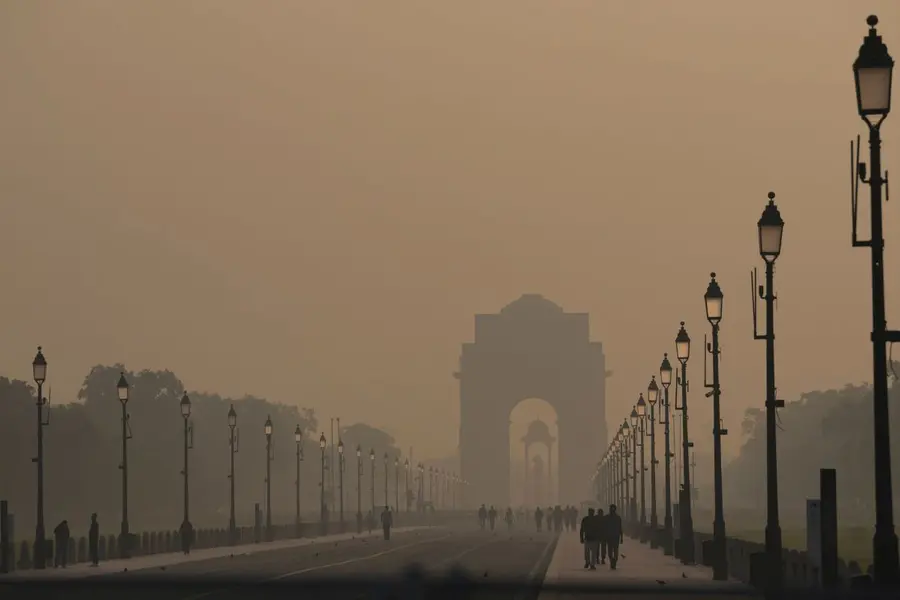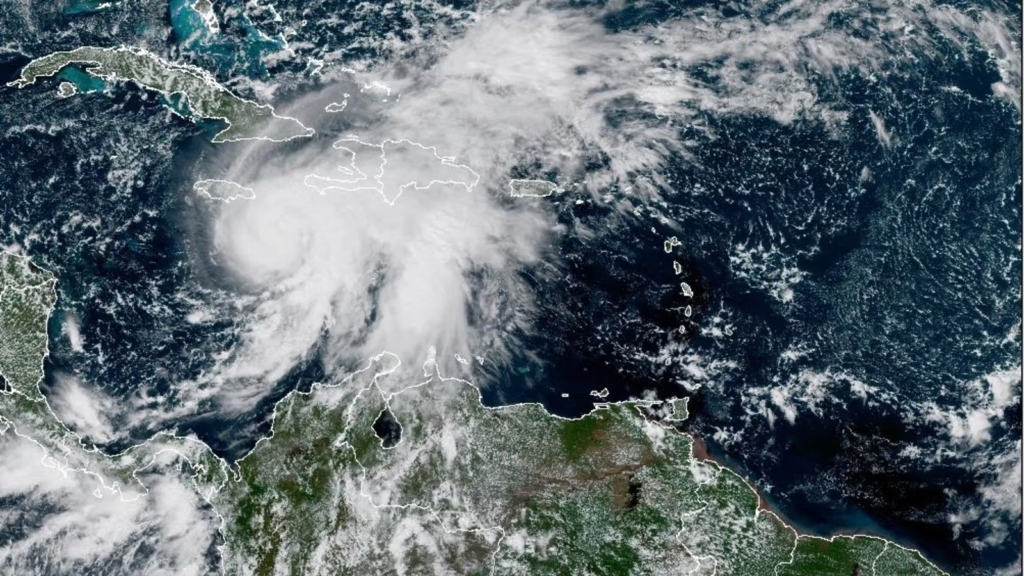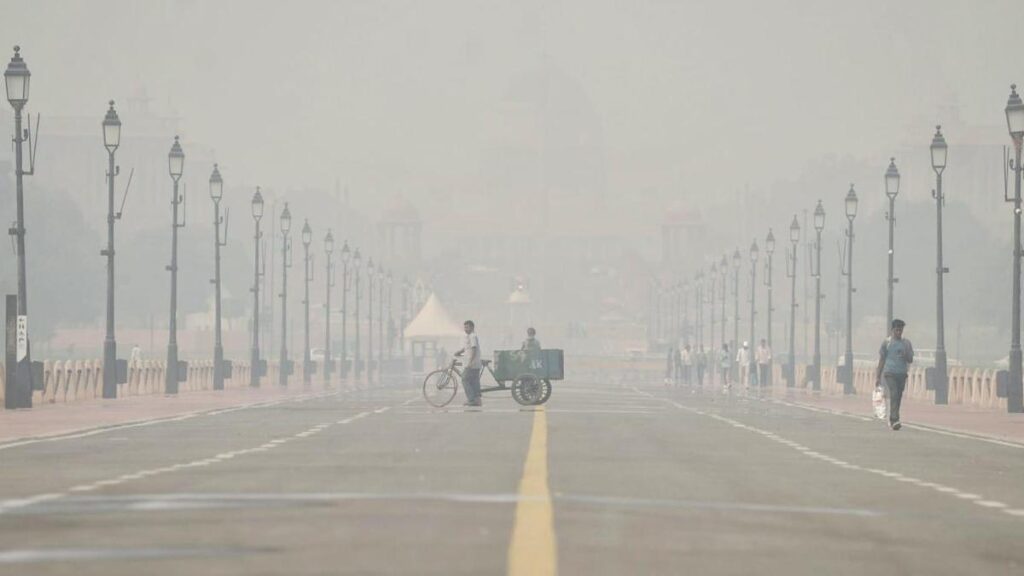Now Reading: Delhi’s Air Quality Slightly Improves, But Anand Vihar Remains in ‘Severe’ Zone
-
01
Delhi’s Air Quality Slightly Improves, But Anand Vihar Remains in ‘Severe’ Zone
Delhi’s Air Quality Slightly Improves, But Anand Vihar Remains in ‘Severe’ Zone

Delhi’s air quality has shown a marginal improvement, with the Air Quality Index (AQI) shifting from the ‘very poor’ to the ‘poor’ category. However, areas like Anand Vihar continue to experience hazardous pollution levels, underscoring the city’s ongoing battle with air quality issues.
Current Air Quality Status
As of Friday morning, Delhi’s overall AQI improved slightly, moving from ‘very poor’ to ‘poor’. Despite this citywide shift, Anand Vihar’s AQI remains in the ‘severe’ category, indicating a significant disparity in air quality across different regions.
Contributing Factors
Experts attribute the persistent pollution levels to several factors, including vehicular emissions, industrial activities, and unfavorable weather conditions. The lack of wind and atmospheric inversion traps pollutants, preventing their dispersion and leading to sustained high pollution levels.
Health Implications
Prolonged exposure to ‘severe’ AQI levels poses serious health risks, particularly for vulnerable groups such as children, the elderly, and individuals with pre-existing respiratory or cardiac conditions. Symptoms may include breathing difficulties, eye irritation, and exacerbation of chronic health issues.
Government Measures
In response to the deteriorating air quality, the Delhi government has implemented Stage II of the Graded Response Action Plan (GRAP). This includes measures like restricting construction activities, controlling industrial emissions, and promoting the use of public transportation to mitigate pollution levels.
Conclusion
While Delhi has seen a slight improvement in air quality, areas like Anand Vihar remain in the ‘severe’ zone, highlighting the need for continued and enhanced efforts to combat pollution. Residents are advised to stay informed about air quality updates and take necessary precautions to protect their health.

























